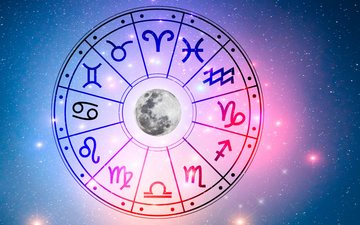
Proper information about sun protection is the first step to healthy skin. With the increasing rate of skin cancer worldwide, more and more people are taking sun protection seriously. However, with the variety of options on the market, choosing the right sunscreen can be a daunting task.
Sunscreen isn't just for summer or the beach. Every time we're outside – whether walking around town or skiing in the mountains – our skin is exposed to UVA and UVB radiation, which cause premature aging, sunburn and, in the long term, even skin cancer.
What is SPF and why does it matter?
SPF (Sun Protection Factor) is an indicator of the protection a product provides against UVB rays – those that cause direct burns and damage. For example, a cream with SPF 50 protects the skin from about 98% of UVB rays, while one with SPF 30 provides about 97%.
However, no matter how high the SPF, proper application and reapplication every two hours - or more often if you sweat or swim - are essential for effective protection.
What is PA++++?

In addition to UVB, there are also UVA rays, which penetrate deeper into the skin and are responsible for aging and skin cancer. The PA (Protection Grade of UVA) index originated in Japan and is based on the PPD (Persistent Pigment Darkening) method, which measures how much UVA radiation prevents skin darkening.
The results of the PA are as follows:
PA+: moderate protection
PA++: medium to high protection
PA+++: high protection
PA++++: very high protection (PPD ≥ 16)
Practically, PA++++ means that the product provides at least 16 times more protection from UVA rays.
Full Protection: What to Look for
The best choice is a sunscreen that offers broad-spectrum protection, meaning it covers both UVA and UVB rays. In the US, this is clearly marked on the packaging. Look for products with SPF 30 or higher and PA+++ or PA++++ for the most complete protection.
In short. There is no single number that determines the effectiveness of a sunscreen. Choosing the right product is based on understanding the various indicators, but also on proper use. With SPF for UVB and PA for UVA, a broad spectrum sunscreen with SPF 50 and PA++++ is one of the safest choices for daily use, providing effective protection and helping to maintain the health and radiance of your skin.
Source: Marie Claire





